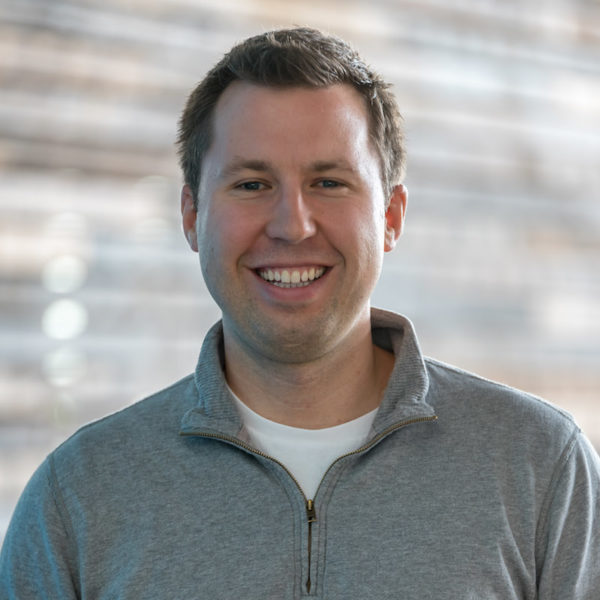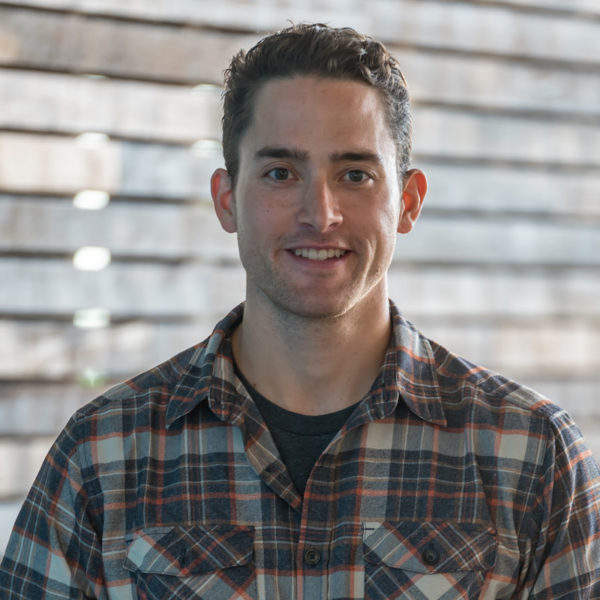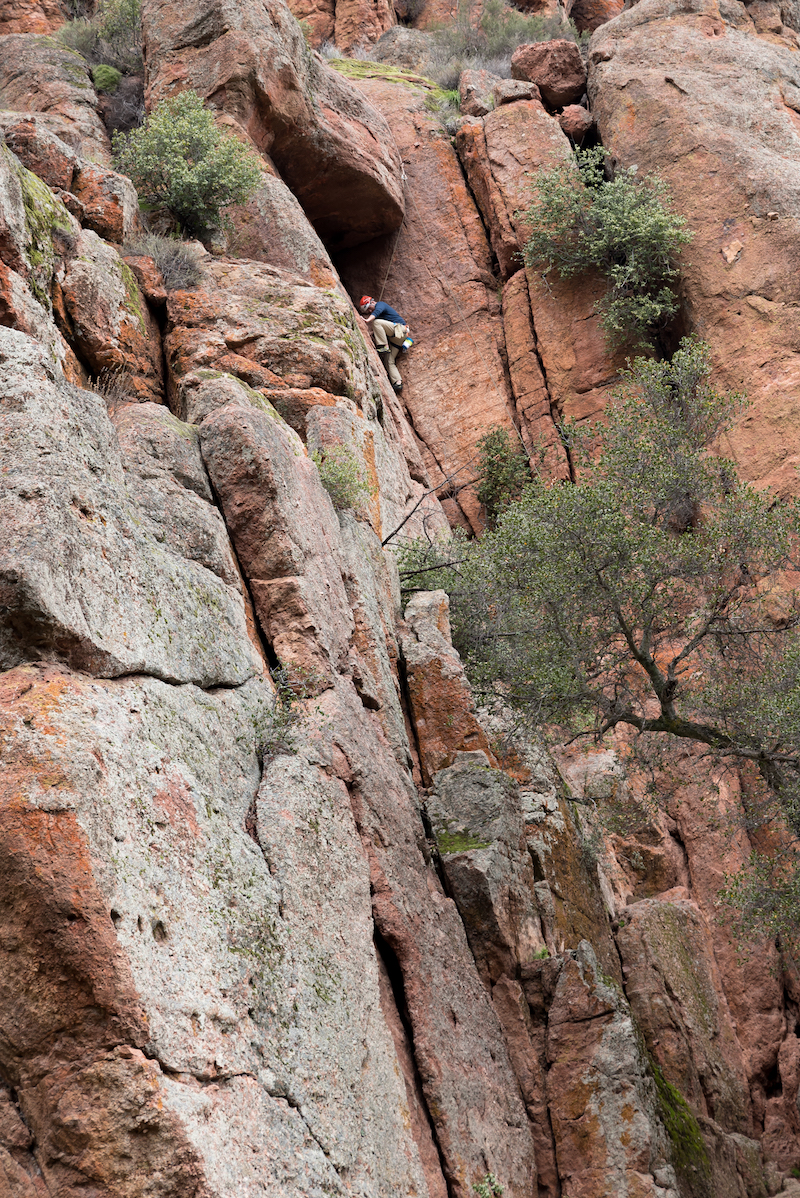Every climber should know, love, and support the Access Fund. As a nationwide nonprofit dedicated to environmental stewardship and access to our favorite outdoor places, they provide a crucial service to both climbers and the land. This year their work has been especially critical with initiatives like Climb the Hill, in which they and the American Alpine Club joined together to represent climbers, public lands, and outdoor recreation management in Washington, D.C. They are our most vocal and effective advocates for climbers’ interests and stewards of the lands we climb on.
But it can be tricky knowing how you can help a national outfit. That’s where your Local Climbing Organization comes in! LCOs are our front-line defense against access issues. They’re the people out at your favorite crags picking up trash, rebolting routes, and talking with landowners. They’re also the people hosting fun events like bad movie nights and partner nights at your local gym!
Bay Area Climbers Coalition is our LCO for the Bay. We sat down with their President Tim Golden and Vice President Basil Newburn to talk to them about how they first got involved with BACC and Access Fund, and how you might, too. Read on to learn more about this amazing group and the Access Fund Summit that’s coming to Oakland THIS Friday, September 9th!
When did you guys start climbing? Did you have a lot of experience with the outdoors?
 Basil Newburn: An outdoor youth camp I attended one summer featured a rappelling wall as the culminating highlight of an outdoor skills program. We waited in a long line for just ten seconds of glory, but it captured my imagination to drop down a vertical wall like a superhero. The experience lingered in my mind for many years. I eventually got to try rock climbing in high school and again it fascinated me. Like rappelling, though, climbing seemed esoteric, something “other” people did. My friends in Wisconsin played basketball, football, and video games…they didn’t go rock climbing. Eventually, a belay lesson here in a California gym started to unravel the mysteries and I was totally hooked. A climb/hike of Half Dome with the cables down (requiring a harness and prusiks) sealed the deal and I knew I had to climb in the wild. I started regularly climbing in the gym in early 2015 and outdoors in early 2016.
Basil Newburn: An outdoor youth camp I attended one summer featured a rappelling wall as the culminating highlight of an outdoor skills program. We waited in a long line for just ten seconds of glory, but it captured my imagination to drop down a vertical wall like a superhero. The experience lingered in my mind for many years. I eventually got to try rock climbing in high school and again it fascinated me. Like rappelling, though, climbing seemed esoteric, something “other” people did. My friends in Wisconsin played basketball, football, and video games…they didn’t go rock climbing. Eventually, a belay lesson here in a California gym started to unravel the mysteries and I was totally hooked. A climb/hike of Half Dome with the cables down (requiring a harness and prusiks) sealed the deal and I knew I had to climb in the wild. I started regularly climbing in the gym in early 2015 and outdoors in early 2016.
Outside of climbing, though, I’ve been an outdoorsman my whole life, from camping and canoeing as a kid in northern Wisconsin to backpacking, sailing, kayaking, and even flying. I have a huge appetite for anything that gets me outside and connects me with our amazing planet.
 Tim Golden: I grew up SCUBA diving in Pennsylvania and West Virginia lakes, but the murky depths didn’t provide enough perspective. Instead, I found myself drawn to heights—scrambling through the mountains and climbing rocks. However, it wasn’t until years later while living in Joshua Tree that I discovered rock climbing. I became hooked from my first hand jam one sun-baked January afternoon a few years ago. Inspired by the freedom of the movement and the places it enabled me to go, I was born as a climber. I learned as much as I could and climbed extensively in Joshua Tree and in Yosemite for two years before moving to the Bay a couple years ago and learning to gym climb.
Tim Golden: I grew up SCUBA diving in Pennsylvania and West Virginia lakes, but the murky depths didn’t provide enough perspective. Instead, I found myself drawn to heights—scrambling through the mountains and climbing rocks. However, it wasn’t until years later while living in Joshua Tree that I discovered rock climbing. I became hooked from my first hand jam one sun-baked January afternoon a few years ago. Inspired by the freedom of the movement and the places it enabled me to go, I was born as a climber. I learned as much as I could and climbed extensively in Joshua Tree and in Yosemite for two years before moving to the Bay a couple years ago and learning to gym climb.
How did you learn about Access Fund and BACC?
BN: I was looking for a meaningful volunteer opportunity and hoping to join a nonprofit board. I had a high opinion of the Access Fund through a close friend of mine who won a national adventure photography competition and donated the proceeds to AF. I cold-called a couple people listed on the Access Fund website to see what they had going on in the Bay Area and they both told me to check out the Bay Area Climbers Coalition and this guy Matt Ulery (the founder of BACC and employee at Berkeley Ironworks). The timing happened to coincide with BACC recruiting new board members so I reached out and here we are.
TG: I participated in Yosemite Facelift while I lived in the Valley. There, I learned more about the importance of climbing stewardship—and how climber impact can tarnish relationships with land managers and affect overall access to the places we enjoy as climbers. I decided it was my responsibility as a climber to do my part in giving back and helping to take care of the places that I enjoy. I signed up to become a member of the Access Fund because of their national reach. When I moved to the Bay, I sought to become involved with the local climbing organization because I knew local impact was where I could really contribute. I discovered the Bay Area Climbers Coalition.

How did you get involved and what inspired you? Did you have any concerns or challenges when you first started your foray into outdoor stewardship?
BN: Climbing is this magical adventure we have inherited from generations of pioneers: first ascensionists, gear designers, conservationists, mentors, teachers. We need to do that legacy justice and make sure the gift is kept alive for generations to come.
In terms of personal concerns, I’m still a pretty new climber and I have a lot to learn. However, I have energy, time, enthusiasm, and professional skills to offer. The board has other climbers who bring the hardman/hardwoman chops and collectively we all make a pretty great team. Also, acting responsibly outdoors is nothing new to me: I bring a lifetime of experience as a conscientious outdoorsman to my work with BACC.
In terms of stewardship concerns, we talk a lot about the growing popularity of climbing and its consequences.
In a lot of ways, climbers are just like other outdoor recreationists: we need to park, hike ourselves to our chosen attractions, and deal with basic biological needs while we’re out there. But the pace of the growing popularity of climbing has taken a number of land managers by surprise, meaning that many climbing areas are not prepared to handle the crowds looking to enjoy them. This can have detrimental effects on the environments we climb in.
TG: Seeing popular climbing destinations over-run by destination climbers on the weekends, I grew concerned by the impact climbers were having and the imbalance they could cause on the local environment. “Who takes care of these areas?” I thought to myself, aware of the limited bandwidth of the rangers charged with the responsibility. Weekend after weekend, the impacts of these climbers are as far-ranging as climbers roam.
When I discovered the Bay Area Climbers Coalition, I was inspired by how active the organization was in orchestrating stewardship events to take care of local crags and to remedy the impacts suffered. I was equally impressed at how the BACC worked to bring the climbing community together, to raise awareness and educate the community about of our responsibilities as climbers. I felt that I had the responsibility to do my part and that the BACC would be the best outlet for that. I started by participating in events and volunteering myself for more involvement. Because of my persistence and initiative in reaching out, I was asked to take on more responsibility, and that ultimately led to my present involvement.
What do you think is the most important function of BACC?
BN: I think the most important function of BACC is communication. We voice climber concerns to land managers, share land management matters with the climbing community, facilitate information sharing among climbers, and educate the general public and other outdoor users on what is often an esoteric sport.
TG: We serve as a catalyst between land managers and the climbing community to preserve climbing access. Our sole purpose as an organization is to take care of our local crags, raise awareness of our community’s Leave No Trace responsibility, and to promote destination stewardship in the areas that Bay Area climbers frequent.

How do you think gym climbers benefit from BACC/AF?
BN: We were recently in Yosemite for a climbing stewardship workshop and were privileged to receive a presentation from the ranger responsible for interpreting and implementing the Wilderness Act in the park. The Wilderness Act is a federal law that created the National Wilderness Preservation System and recognized wilderness as “an area where the earth and its community of life are untrammeled by man, where man himself is a visitor who does not remain.” The ranger described the fascinating legislative, cultural, and philosophical history of the Act, including the notion that there are both tangible benefits of wilderness, such as recreation opportunities, and intangible benefits, such as the societal value of reflecting on our position in the earth’s “community of life.”
In a similar way, I think outdoor climbing offers both tangible and intangible benefits to gym climbers. Tangible benefits include the opportunity to explore climbing on natural rock should one ever seek the experience. And intangible benefits? All climbers benefit, I believe—even if intangibly—from the fact that we, as a collective group, have found a communion with places of such majesty as El Capitan and plied our craft there, that we have been both humbled and exalted by the landscapes nature has created and discovered something about ourselves along the way.
TG: Regardless of your intended frequency of climbing outdoors, even if you go outside once, you benefit from the BACC and Access Fund. Much behind-the-scenes work has gone into preserving and maintaining access for climbers—from working with land managers to allow climbing on their land and not to ban it, to maintaining adequate fixed hardware on routes, from building and maintaining climber trails, to advocating for needed facilities improvements (restrooms, parking, etc).
We also work to raise awareness.
Gym climbing culture can be very different from outdoors climbing culture. Mindfulness outdoors can go a long way to supporting the sustainability of climbing at the crag and in the backcountry, while preserving an unadulterated outdoor experience for others.
If you ever climb outside or aspire to, you stand to benefit from the work of BACC and Access Fund.
Do you have any advice to offer people who are just learning about BACC and want to get involved? Any tips for folks with limited time and experience with outdoor stewardship who still want to participate?
BN: No experience is necessary to contribute to BACC, just a desire to make a difference! There are practically unlimited opportunities with this organization and there are always exciting things going on. Some recommendations:
- Join us at an Adopt-a-Crag event! These take place about monthly and are announced on Facebook, Instagram, our website, and our email newsletter.
- Say hi to us at the gym or other local events! We regularly table at climbing gyms, outdoor retailers, and other spots frequented by climbers so come up and indulge your curiosity.
- Contact us! Send us an email at [email protected] if you have an idea about how to get involved.
- Join the board! We typically start recruiting new board members in the late fall. Check for announcements around that time.
- Donate! If you have more cash than time, we are a volunteer-run 501(c)(3) organization and it is contributions from the climbing community that make our work possible. Donations are tax-deductible and more information is available on our website.
TG: As a 100% volunteer-run organization, our people enable our impact. We are an active group of climbers who have made the commitment of their time to support the mission and bring the community together around the cause. Come out and participate in our stewardship and community events, follow us on Facebook/Instagram, and sign up for an Access Fund/BACC joint-membership.
We are also always looking for active and committed folks to join the team. If you have an idea for a project, a skillset, or a general interest, get in touch with us.

Anything else you’d like to add or plug?
TG: Here’s a Stewardship Challenge: The next time you go climbing outside, take 5% of the time you spend at the crag to take care of the area (for instance, if you spend 5 hours, give 15 minutes)—pick up trash and tape, use a wag-bag and pack-out, brush off chalk and tick marks, remedy simple damaged trail work, help make social trails less noticeable.
BN: The work we do locally is replicated nationally by the Access Fund and they have accomplished amazing things for climbers. All climbers should support the Access Fund. And they’re coming here!
For the first time in decades, the Access Fund is hosting their annual climber summit and dinner outside of their Boulder, CO headquarters and they have chosen Oakland! BACC is working with AF staff to give the event a Bay Area flavor and help make it a success. It will be one you don’t want to miss. Mark your calendars and sign up now! September 9th in Oakland.

